The Role Of The Second Due Engine – Part 2
In Part 1 of our series we discussed some of the duties and roles to consider as the second due engine. The included establishing a water supply if one has not set up and stretching an initial hoseline. Of course there are many more duties we can talk about. Today we will focus on a few of the bigger ones to remember.
Stretching the Back Up Line
If we arrive on scene and the first line is stretched and in operation it will be up to us to back them up with a second line. The line we choose should be equal or greater in diameter to the initial line stretched.
We also need to carefully estimate how much hose we will need. We will need enough hose to cover the first line but may also need additional line to cover the floor above if needed. We should have our line charged and ready to go at the same entrance utilized by the first due engine. If operating at a private dwelling where the initial line is operating only a short distance from us we can stand fast there and for the commercial occupancy we may need to follow the first line in and remain a short distance back. If the fire becomes too much for the first line to handle or they encounter another problem our line will need to go into service.
It is important to note, if this line is utilized it is now no longer a back up line. A third hose line will need to be stretched in order to provide protection.
Stretching a Second Line
At times initial fire conditions warrant the need for a second hand line. This may be due to the initial engine company not stretching the appropriate diameter line or fire may have spread to an adjacent area (a second store in a taxpayer) or may have extended to the floor above the original fire area.
At this point we can fall back on what we have learned previously about stretching hose lines (see my previous article on The Three R’s Of The Engine Company ) We can use the mindset that we have to use our initial size up information to stretch the right line, the right length and to the right place.
Once that has been taken care of we can call for water and go to work. This is not a substitute for a back up line, it is another attack line and it will be the responsibility of another arriving engine company to stretch a back up line.
The topics above are not meant to dictate that these are the only duties a second to arrive company may be required to complete. Every fire is different and we need to be flexible to achieve the end result of extinguishment. The areas described above will however provide all your members a good base to train on.
Every one of the topics above can be used as a drill. If you would like some ideas to plan a drill or training of this nature please leave a comment below, I have multiple trainings that I could share on this or a host of other engine topics. As with all good information you have read it now it’s up to you to share it.
Cover and Feature Photos Courtesy: Steve Silverman
Part 2 of 2
Part 1 Link: https://firefightertoolbox.com/role-second-due-engine-co-part-1/

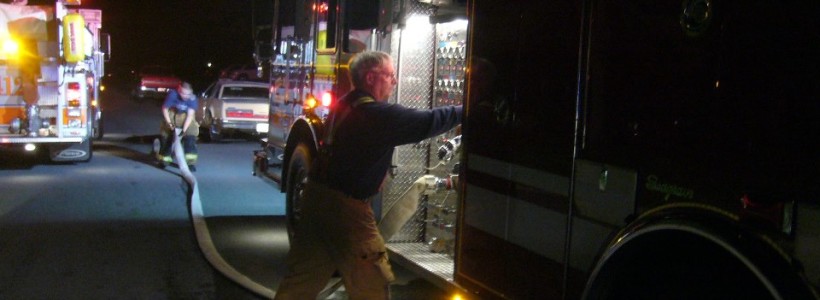
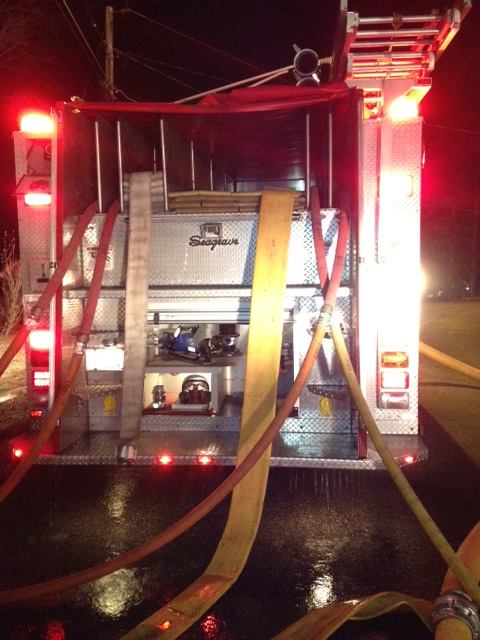
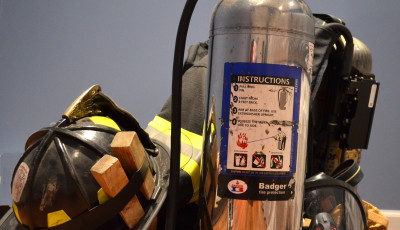
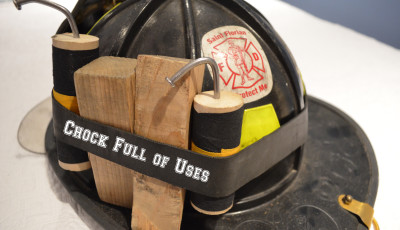

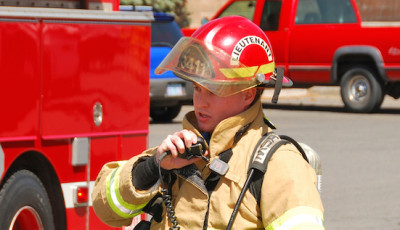






If you could provide me with some drill ideas I’d appreciate it. I’m a Driver Engineer that is still learning. I also would be able to pass it along to my officers. Thanks!
I work for Miami Dade Fire Rescue.
Thanks for the comment Chris, I sent you an email with more detail. Please reply, happy new year!
Would love some drills or any other pertinent information you got. Thanks
Rob- great article, I would love to get some info on drills, I can pass along to my coworkers, and also teach my explorers. We here at Mentor Fire (Ohio) run a dual role EMS/Fire so you never know what your job is until you get to work, and it would def be good to get everyone on the same page with these drills
Will done !!
Drill ideas would be great. Thanks for what you do!
Pingback: The Role Of The Second Due Engine Co – Part 1 | FireFighterToolBox
If I may share my $.02 as a fellow FF/DPO constantly learning, below are some dills we’ve run:
Basic Pressure Management:
– Dual wrap the hydrant (front and side intake), pull hand line(s), manage pressures with water flowing and not flowing (hand lines, deck gun, etc.)
– Draft from a dry hydrant, pull hand line(s), manage pressures with water flowing and not flowing (hand lines, deck gun, etc.)
Apparatus knowledge:
– On a whiteboard, write the compartment names, e.g. “right rear officer side”, etc., then have your officer or anyone else ask where items are on the rig and you fill them out on the board. *Good drill for anyone that rides on the rig.
Blitz Attack:
– Deploy a 2 1/2″ line with a non-entry Firefighter to knock down the fire while the interior crew masks up and prepares for entry. *Good way to utilize folks that aren’t qualified or EMS only.
– Deploy the deck gun with a non-entry Firefighter to knock down the fire while the interior crew masks up and prepares for entry
Leader Line Operations:
– Find a structure with a courtyard or simulate one, then pull your 3″ w/Wye to get the supply line close, then connect your 1 3/4″ and flow water. *Key is to estimate where to break the line and connect to discharge
Truck Work:
– Throw ladders for the initial attack crew once you get the first line in service and water supply established. If you have time secure utilities, horizontal vent (coordinate with fire attack), etc.
Thanks for the comments and the encouraging words everyone, drill article coming soon!
Thanks Chief R. Fling! Again I appreciate these articles!
I didn’t get the email for some reason.
[email protected]
Some drill/training ideas for drivers would be great. I’m a driver in volunteer company and our drivers operate engines, a truck and a rescue.
Thanks
Thank you for the comment Larry, you can find some drill/training ideas in a previous article I did here at firefightertoolbox.com…https://firefightertoolbox.com/engine-company-drills-chauffeurdriver/
Hope you find it useful.
Ok. Will work on it!
Hello, I´m a young firefighter at Portugal (Europe). I am also interested in knowing some drills to perform at my fire station. By the way, thank you for providing the knowledge.
Bets regards
António Rodrigues
Bombeiro 3ª
Thanks so much for the comment all the way from Portugal Antonio! Would love to help you with some drills, feel free to contact me directly at [email protected] with some specific needs.
Would Love some good drills for shift tomrrow
Would like some drills on 2 do eng and first do eng was very nice to read this and see other points for the 2 eng crews